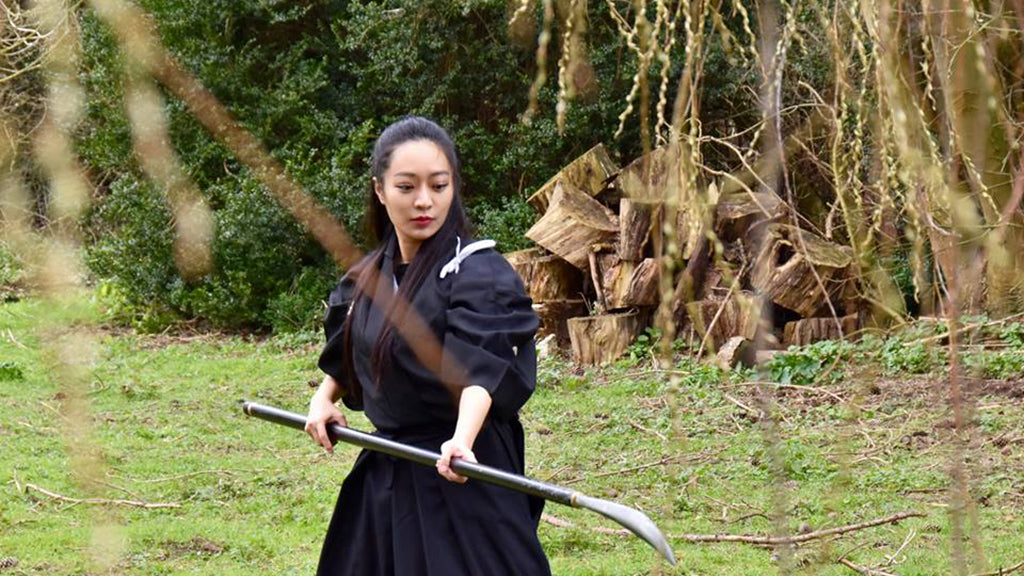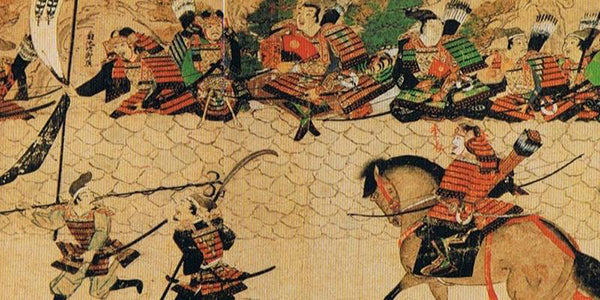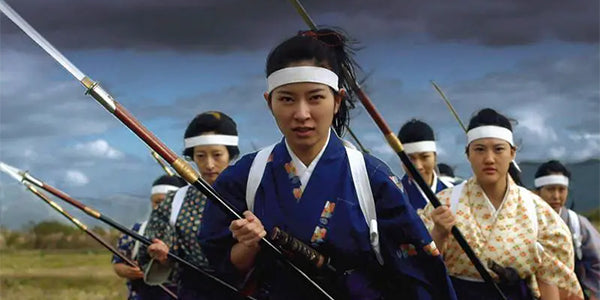Does the Legendary Weapon Naginata Truly Save Effort in Combat?

The Naginata is a kind of long-handled weapon used by the ancient Japanese military generals, which is a heavy weapon and the shape is like the Chinese Kwan Tao, and is used in battlefield to combat and kill the enemy. And all the women of the later Samurai family were required to learn the method of Naginata, so the the long katana was modified to be a lightweight weapon so that women can also fully control it, and it increased the speed and maneuverability of the long katana skills at the same time.
According to legend, the Naginata was introduced during the Nara period (From 710 to 794), because of the close communication between Japan and the Song Dynasty at that time, dispatched monks of the Tang Dynasty brought the broadsword used in martial arts in Chinese Zen monastery to Japan, and gradually developed a lightweight broadsword suitable for the Japanese body type, that is, the Japanese long katana and Nagamaki, and became one of the common weapons used by monk soldiers in the Nara period.

However, the shape of the Naginata blade is mainly divided into two types, both are taken from famous female names recorded in historical books. They are the Shizugata with the thinner blade and the smaller bending amplitude at the tail end, and the Tomoegata with the wider blade and the larger bending amplitude at the tail end. But whether it's the Shizugata or the Tomoegata, both of them have slender blades of limited width, which are usually little wider than the wooden handle. Therefore, when the long katana was gradually withdrawn from the battlefield, in addition to becoming folk martial arts weapons, some Naginata were even converted into samurai swords and passed down in another form.
1. How many kinds of Naginata are there?
Many friends might say there are generally several categories of large naginata, small naginata, and nagamaki. However, that’s not entirely accurate. Below, I’ll outline the specific types of this katana, but I won’t introduce them one by one due to space limitations. this katana can be categorized into large versions, small versions, and Bisento (which comes in two forms: one resembling a small this katana but with a smaller curved blade, and another similar to the heavy Chinese Crescent Blade). The long-handled blade, commonly referred to as nagamaki, also has variations, often due to differences in the ratio of handle to blade, which requires precise control of balance and weight distribution. Other types include Kissuki this katana, Fukuro this katana, and Tsukushi naginata (a unique style). Additionally, there are unusual designs that are difficult to classify, such as those made from paddles or those attached to sticks with straight blades for easy concealment. If you're interested in purchasing a Japanese katana, COOLKATANA would be an excellent choice!

Hand Forged Japanese Naginata Sword 1095 Steel Clay Tempered Brass Tsuba - COOLKATANA
2. Is the Naginata for women using only?
The so-called 'Naginata is for women using' is actually a misconception derived from reality. We know that the the long katana was first appeared in the time of Nara · Heian period, this weapon was also written as 'Nagiki Nidal' because of the pronunciation the long katana in the early times, this is also the reason that many people don't see the 'Naginata', 'long knife', 'Bisento' when they turn over ancient books.
In fact, Japanese naginata ninja sword is a weapon with a long history, which has been the main weapon in the battlefield since the Heian period to the Muromachi period. In addition, from the Edo period to modern times, due to some historical and objective reasons, nowadays, it is more spread in the world and existed in all kinds of film and television works by the image of Naginata way and women's budo, which makes many friends mistake the the long katana is for women special using or is woman's preference.
The art of wielding the naginata is deeply intertwined with Japan's martial traditions, reflecting both the weapon's versatility and cultural significance. Initially designed for the battlefield, the naginata was a preferred weapon for warrior monks (sōhei) due to its adaptability in both offense and defense. With its long reach and sweeping arcs, the the long katana enabled these monks to hold their ground against mounted cavalry or enemy infantry, embodying both spiritual discipline and martial prowess.
Over time, the naginata also became a symbol of empowerment for the female warriors (onna-bugeisha) of samurai families. These women were trained in the art of the the long katana not only for self-defense but also to uphold their families' honor during times of conflict. The weapon’s lightweight modifications made it ideal for women, allowing them to master its techniques with speed and precision. This blend of elegance and lethality transformed the the long katana into more than just a battlefield tool—it became a symbol of strength, skill, and resilience across genders and roles in Japanese history.
The weapon naginata holds a significant place in Japan’s martial history, showcasing the elegance and effectiveness of the art of wielding the naginata. Originally a staple on the battlefield, the naginata weapon was favored by warrior monks (sōhei) for its ability to fend off cavalry and infantry alike, thanks to its impressive reach and sweeping arcs. These monks wielded the weapon as both a practical tool of defense and a symbol of their spiritual and martial discipline.

But in fact, no matter the structure, shape or technology, there has been no logical relationships between the Naginata and women, and the inheritance of Naginata skills has never been interrupted in history.
